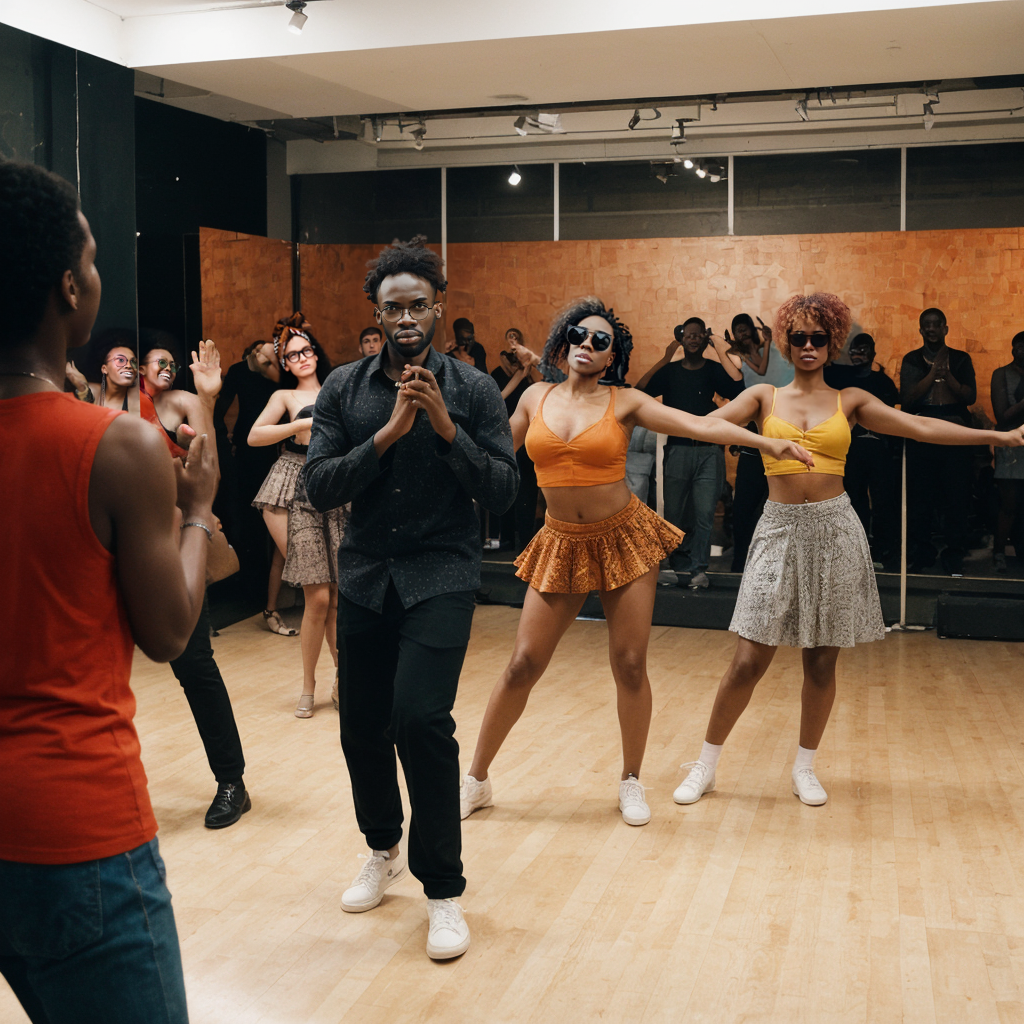Makossa History
Makossa is a popular music genre that originated in the city of Douala, Cameroon, in the late 1950s and early 1960s. The term “makossa” derives from the Duala language word “kossa,” meaning “dance.” This genre blends traditional Douala dance rhythms with various musical influences, notably jazz, highlife, and later, funk and soul, to create a unique and compelling sound that has come to define an essential part of Cameroon’s musical heritage.
Fun Fact: Makossa gained international fame thanks to Manu Dibango, a saxophonist whose 1972 single “Soul Makossa” became an unexpected hit in the United States and influenced numerous Western musicians, including Michael Jackson, who was inspired by the song’s catchy refrain in his own work.
Makossa is characterized by catchy bass lines and a prominent brass section, overlaid with rhythmic guitar parts and soulful vocals. The dance associated with Makossa involves fluid hip movements and a relaxed demeanor, reflecting the laid-back yet groovy essence of the music. Over the decades, Makossa has evolved, incorporating elements of electronic music and hip hop, which has helped it maintain relevance and appeal among younger generations.

In Cameroon, Makossa is more than just a musical genre; it is a cultural symbol that represents the coastal region’s spirit and history. Artists like Petit Pays, Sam Fan Thomas, and Grace Decca have carried the genre forward, infusing it with modern touches while preserving its classic elements. These artists have also helped spread Makossa beyond Africa, particularly in Francophone countries and wherever Cameroonian diasporic communities are found.
Trivia: The rhythmic structure of Makossa is often based on the “sebene” pattern, a repetitive guitar riff that is also found in other Central African music styles, showing the interconnectedness of regional musical traditions.
As it continues to influence the global music scene, Makossa serves as a testament to the rich musical landscape of Africa and its ability to blend traditional sounds with contemporary influences. Its endurance and adaptability highlight how music can transcend borders and generations, maintaining its core identity while also embracing new elements and technologies.
